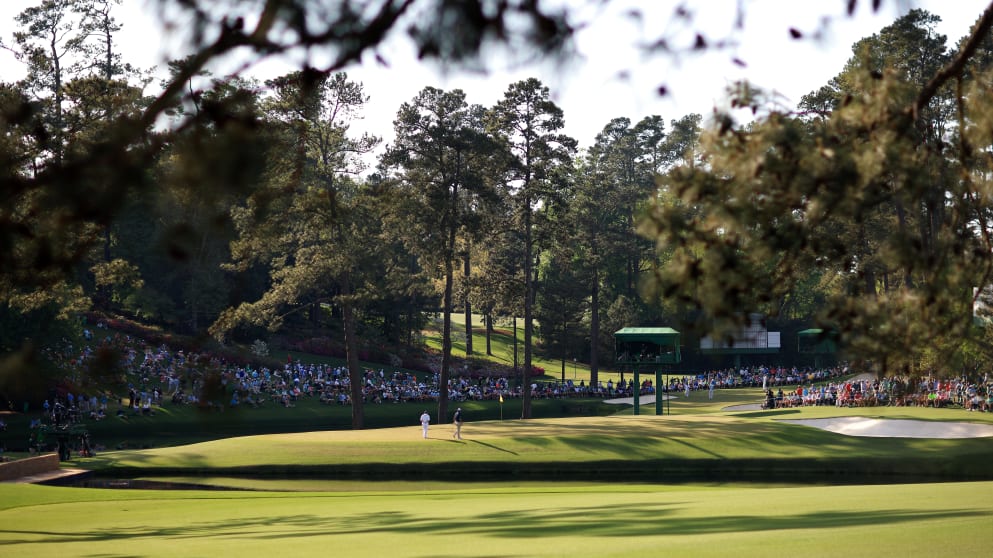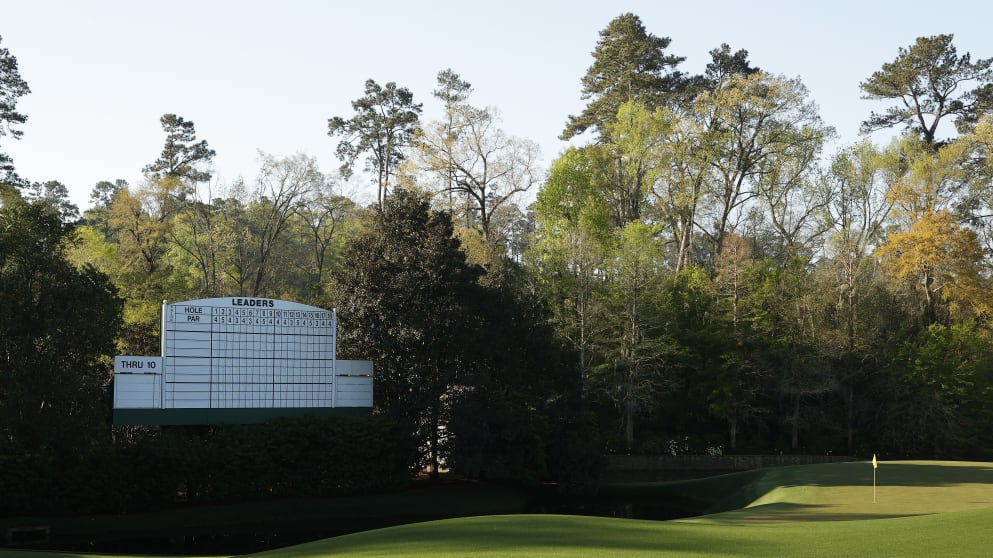In advance of the 86th Masters Tournament, a greater challenge awaits after changes made to the 11th and 15th holes at Augusta National Golf Club.

Augusta National Golf Club is a venue which has consistently welcomed its own continued evolution over the years and, as it has on many other occasions, this year’s Masters Tournament will showcase several new changes.
Three new greens at the third, 13th and 17th will provide a new test to returning competitors, but the most significant changes come on the par-4 11th and par-5 15th holes.
Each hole has been stretched for additional length: The 11th will now play 520 yards – a 15-yard increase from 505 yards - while the 15th will play 20 yards longer at 550 yards. It means Augusta will play to a record length of 7,510 yards, but while the extra length will provide an additional challenge, the changes go beyond the simplicity of added yardage.
The idea behind the changes was inspired by founder Bobby Jones’ philosophy on strategy of the tee shot, which he believed should make a big difference on the relative ease of the approach. The designs of both the 11th and 15th aim to recapture his idea of rewarding a good tee shot down the right-hand side, while setting up more risk for one that wasn’t executed as well. To achieve this, the fairway has been recontoured along the right-hand side of each hole.
At the 11th, which has historically been the second hardest hole in the history of the Masters Tournament, a number of trees have been removed to create a ten-to-15-yard area which “will propel the ball forward and the reward will be a flatter lie, a great view of the green, and less daunting hurdles with water left of the green.”
The tee box has also been moved to the left and, while three trees do remain to protect against shots hit too far to the right, there is now a greater risk for players who miss to the left, which will provide more difficult shots into the green.

At the 15th, which has historically been the second easiest hole, there is a new tee box situated behind the tenth green and a similar strategy is employed. Contoured areas on the right side of the fairway provide a bigger advantage for second shots, while misses to the left now see longer approaches around the pine trees and over the water short of the green.
According to Rory McIlroy, who went to view the changes on a recent scouting trip, the 11th in particular is a hole he thinks will play tougher than it has in previous years.
“It’s obviously a longer hole, the fairway’s much wider, so even if you miss it right, you still have a chance to hit the green,” said McIlroy during his press conference at last week's Valero Texas Open on the PGA Tour.









